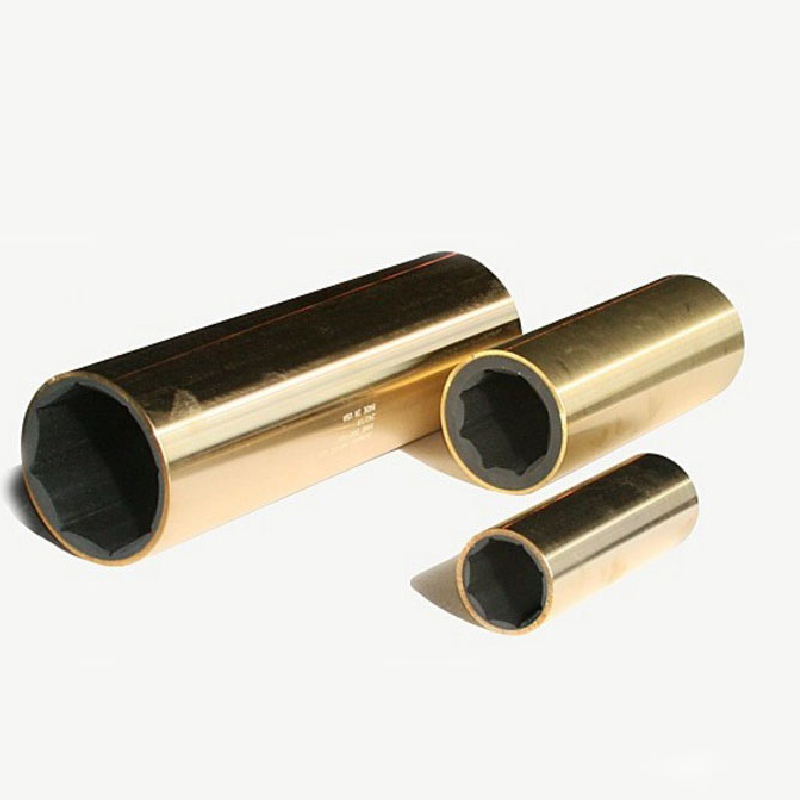Understanding the Role of the Drain Plug in Engine Maintenance and Performance
Understanding the Importance of Drain Plugs in Engine Maintenance
When it comes to maintaining the engine of a vehicle, many car enthusiasts focus on the big components the pistons, the camshaft, and the fuel system. However, one small yet crucial part that often gets overlooked is the drain plug. The drain plug is an unsung hero in the world of engine maintenance, serving essential functions that contribute to the overall health and performance of the engine.
What is a Drain Plug?
A drain plug, often found at the bottom of an oil pan or the engine block itself, is a bolt or screw that is used to seal the oil reservoir. It allows for the easy draining of oil during regular maintenance, such as oil changes. Made of durable materials like aluminum or steel, drain plugs are designed to withstand the harsh conditions inside an engine, including high temperatures and corrosive substances.
Function and Importance
The primary function of the drain plug is to provide a secure way to keep oil contained within the engine. Oil is vital for lubricating various moving parts, reducing friction, and preventing wear and tear. However, over time, oil can become contaminated with dirt, metal particles, and other debris, necessitating its replacement.
During an oil change, the drain plug is removed to allow old oil to flow out completely. This prevents the dilution of new oil and ensures that the engine operates efficiently. A well-maintained engine runs cooler, performs better, and has an extended lifespan, which ultimately saves car owners from costly repairs in the long run.
Signs of Drain Plug Issues
While a drain plug is a small component, it can sometimes lead to significant problems if not properly maintained. Here are some common signs that there may be an issue with your drain plug
1. Oil Leaks If you notice oil spots underneath your vehicle, it could be a sign that the drain plug is not sealing properly. This can occur due to wear and tear, improper installation, or a damaged washer.
drain plug engine

2. Stripped Threads Over-tightening the drain plug can strip the threads, making it difficult to secure properly. If you find that the plug is loose or not holding oil in place, the threads may need repair.
3. Unusual Engine Noises Insufficient oil levels due to a leaking drain plug can lead to increased friction within the engine, resulting in unusual sounds like knocking or ticking.
4. Oil Warning Light Modern vehicles are equipped with sensors that will notify you if the oil levels drop too low, which could be caused by a leaking drain plug.
Maintenance Tips
1. Inspect Regularly During routine maintenance checks, always inspect the drain plug and surrounding areas for signs of wear or leaks. This helps catch potential issues before they escalate.
2. Use the Right Torque When replacing the drain plug, it's vital to use the manufacturer’s recommended torque specifications. Over-tightening can lead to stripped threads and leaks, while under-tightening can allow oil to escape.
3. Replace the Washer The washer that sits between the drain plug and the oil pan should be replaced during each oil change. This helps ensure a proper seal and prevents leaks.
4. Consider Upgrades There are aftermarket drain plugs available with magnetic options or built-in sensors that can alert you to leaks. These can provide additional security and ease of maintenance.
Conclusion
In conclusion, the drain plug may be a small component within an engine, but its role is vital in maintaining engine health and performance. Regular inspection and maintenance of the drain plug can help prevent leaks and other issues that may lead to costly repairs. By understanding its importance, vehicle owners can take proactive steps to keep their engines running smoothly, ensuring their vehicles perform at their best for years to come. Taking care of the little things, like the drain plug, can make a significant difference in the long run.
-
Understanding the Front Main Engine Seal: Purpose, Maintenance, and Installation
News Jul.29,2025
-
Understanding O-Rings and Seal Rings: Types, Applications, and Custom Solutions
News Jul.29,2025
-
Understanding Crankshaft Oil Seals: Rear Seals, Pulley Seals, and Their Role in Engine Integrity
News Jul.29,2025
-
The Importance of Front and Rear Crankshaft Seals in Engine Performance and Oil Management
News Jul.29,2025
-
Crank Oil Seals: Functions, Types, and Cost Considerations in Engine Maintenance
News Jul.29,2025
-
A Comprehensive Guide to O-Rings and Seals: Types, Materials, and Global Applications
News Jul.29,2025
-
Mastering Diesel and Performance Engine Maintenance: A Guide to Critical Oil Gaskets
News Jul.28,2025
Products categories















